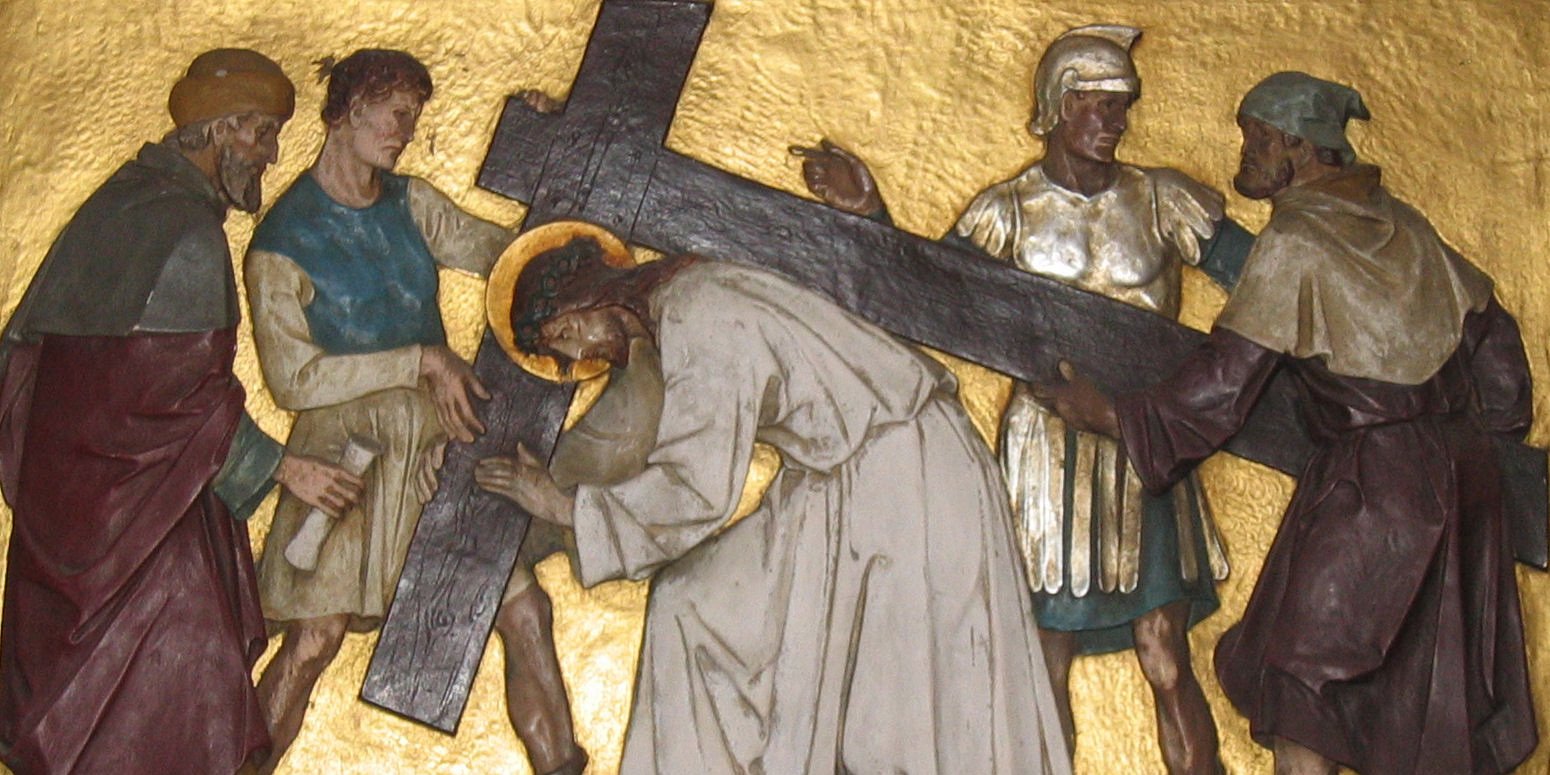What is a burnt offering?

The burnt offering is one of the oldest and most common offerings in history. It’s entirely possible that Abel’s offering in Genesis 4:4 was a burnt offering, although the first recorded instance is in Genesis 8:20 when Noah offers burnt offerings after the flood. God ordered Abraham to offer his son, Isaac, in a burnt offering in Genesis 22, and then provided a ram as a replacement. After suffering through nine of the ten plagues, Pharaoh decided to let the people go from bondage in Egypt, but his refusal to allow the Israelites to take their livestock with them in order to offer burnt offerings brought about the final plague that led to the Israelites’ delivery (Exodus 10:24–29).
The Hebrew word for “burnt offering” actually means to “ascend,“literally to “go up in smoke.”

The smoke from the sacrifice ascended to God, “a soothing aroma to the LORD” (Leviticus 1:9). Technically, any offering burned over an altar was a burnt offering, but in more specific terms, a burnt offering was the complete destruction of the animal (except for the hide) in an effort to renew the relationship between Holy God and sinful man. With the development of the law, God gave the Israelites specific instructions as to the types of burnt offerings and what they symbolized.
Leviticus 1 and 6:8–13 describe the traditional burnt offering. The Israelites brought a bull, sheep, or goat, a male with no defect, and killed it at the entrance to the tabernacle. The animal’s blood was drained, and the priest sprinkled the blood around the altar. The animal was skinned and cut it into pieces, the intestines and legs washed, and the priest burned the pieces over the altar all night. The priest received the skin as a fee for his help. A turtledove or pigeon could also be sacrificed, although they weren’t skinned.
A person could give a burnt offering at any time. It was a sacrifice of general atonement—an acknowledgement of the sin nature and a request for a renewed relationship with God. God also set times for the priests to give a burnt offering for the benefit of the Israelites as a whole, although the animals required for each sacrifice varied:
- Every morning and evening (Exodus 29:38–42; Numbers 28:2)
- Each Sabbath (Numbers 28:9–10)
- The beginning of each month (Numbers 28:11)
- At Passover (Numbers 28:19)
- With the new grain/firstfruits offering at the Feast of Weeks (Numbers 28:27)
- At the Feast of Trumpets/Rosh Hashanah (Numbers 29:1)
- At the new moon (Numbers 29:6)

The ultimate fulfilment of the burnt offering is in Jesus’ sacrifice on the cross. His physical life was completely consumed, He ascended to God, and His covering (that is, His garment) was distributed to those who officiated over His sacrifice (Matthew 27:35). But most importantly, His sacrifice, once for all time, atoned for our sins and restored our relationship with God.
Author: Got Questions Ministries.

